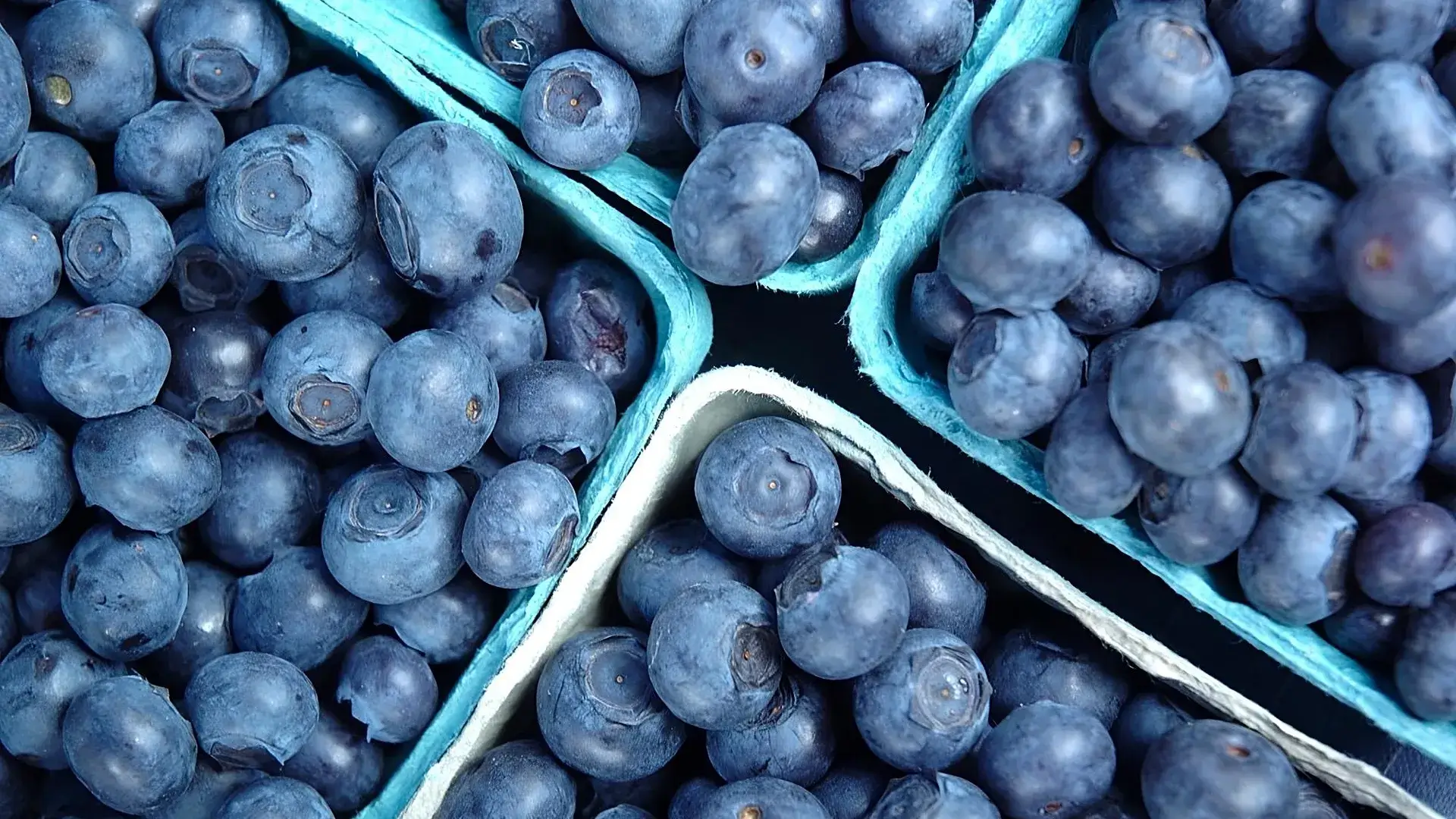It is essential to invest in technologies to preserve the quality of blueberries during post-harvest phases if Italy wants to compete with countries like Turkey, Serbia, or Romania in the main destination markets for Italian blueberries: Germany and Great Britain.
Luca Rivoira, sales and marketing manager at Retarder, a company founded by his father Aldo, believes that the competitiveness and reputation of Italian berries also depend on how they are stored and delivered to buyers.
The Role of Storage in Product Quality
“There are no significant storage issues when selling within the Italian market – Luca Rivoira explained to us – but when faced with 5 or even 7 days of travel, there are many variables to consider.
Complaints can range from mold and decay to fruit softening or over-ripening. With new climate challenges, such as excessive rain, it becomes difficult to preserve the product. Packaging can be a helpful aid, although it's worth noting that quality begins in the field.”
Serbia, Turkey, and Romania: Blueberry Production is Growing
Retarder, a company from Piedmont founded in 2001 by Aldo Rivoira, initially focused on solutions for preserving fresh produce in storage and during transport. More recently, it has also dedicated itself to packaging to enhance product shelf life.
It operates throughout Southern and Eastern Europe, although for berries specifically, its primary area of activity is in Italy. Berries represent, on average, about 10% of Retarder’s revenue.
Returning to Luca Rivoira's views, recent data from the International Blueberry Organization (IBO) confirms that countries like Serbia, Turkey, and Romania are growing in production.
Between 2021 and 2023, they respectively increased from 5,000 tons produced for fresh consumption to 20,000 tons, from 2,720 tons to 5,260 tons, and from 6,000 tons to 14,000 tons.
Operators and the Cold Chain
What changes have been observed in the past 5 years regarding blueberry cultivation in Italy? Five years ago, in fact, Bologna hosted the first event bringing together industry professionals, the ‘Mirtillo Business Day’:
“Looking at the sector, we have seen the production window expand – Rivoira continued – thanks to new varieties. The production period used to be shorter. There has also been an increase in commercial operators handling this product, and from a packaging standpoint, along with increased weights, more and more supermarkets request heat-sealed film instead of lids.
Our customers are currently packaging in RPET, but there is an increasing demand for solutions in paper, cardboard, or wood pulp.
I believe that commercial differentiation and marketing drive this trend, as cardboard does not offer technical advantages over RPET for blueberries.
Focus on storage to protect the image of italian blueberries
According to Luca Rivoira, this is not the case for active packaging or, in general, for packaging that can better protect the fruit, prolonging its shelf life and preserving its sensory qualities like taste and crunchiness, which are highly appreciated by consumers.
“There is absolutely no focus among supply chain players on safeguarding product quality. Even blueberries destined for export are almost always shipped in 2.5 kg bulk boxes.
Naturally, the recipient can raise complaints. So far in Italy – Rivoira continued – the focus has been on production to ensure product continuity.
Now that volumes are growing, we must differentiate ourselves from other countries entering the market. It’s also an image issue for Italian products.”
Blueberries are part of the non-climacteric fruits category, meaning they do not ripen further after being picked. Although they don’t ripen post-harvest, blueberries begin to age once detached from the plant.
“Investments are needed in storage; solutions exist and need to be implemented. In South American countries like Peru, these solutions are already adopted.
However, in Italy, fragmented production works against us. Often – Rivoira reflected – there is no critical mass to consider investment.”
Packaging solutions to extend shelf life
Among the available solutions used for other fruits are modified atmosphere (MAP) bags: “Not only are they not used, but they’re not even considered.
The issue is not raised for blueberries, yet, like cherries or kiwis, they are high-value fruits. With MAP bagging, reducing oxygen and increasing CO2 slows respiration, thus increasing shelf life.
“Other solutions – Rivoira explained – include ethylene and volatile compound absorbers. Another interesting option that can be applied to blueberries is the use of protective coatings.
This is already done with table grapes. These are natural waxes that are sprayed on. They are food additives with no contraindications and help slow down the aging process.”









